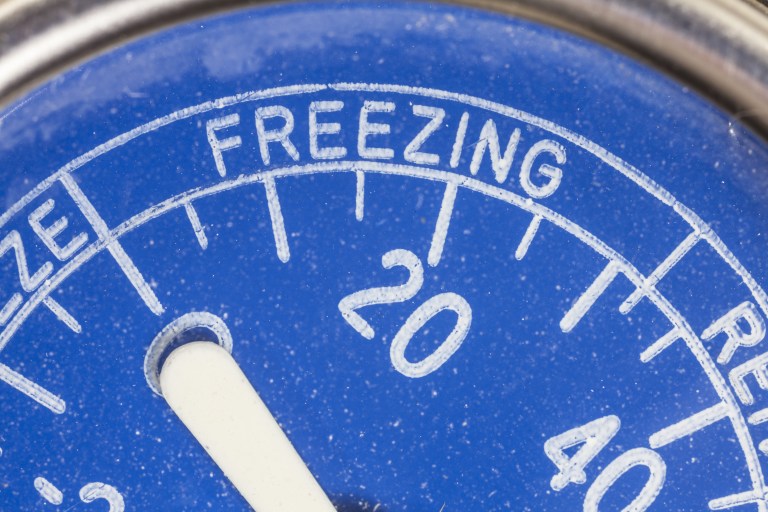
There’s a lot more to running a restaurant than making good food and serving it with a smile — and no, we don’t mean listing the menu on GrubHub, UberEats or OpenTable. Restaurants have to follow regulations set by the food and health administrations, such as cleanliness guidelines and storing various foods at specific temperatures.
It can be a lot for one owner to track, especially owners of multiple establishments or franchise locations.
With a brother in the restaurant industry, Swift Sensors co-founder Sam Cece, a former CEO of multiple enterprise software companies, knew the challenges and frustrations as well as anyone. Meanwhile, co-founder Dean Drako was facing many of the same challenges in manufacturing. Drako had founded several companies, including Barracuda Networks, and was frustrated with the lack of real-time information about his manufacturing operations.
Cece and Drako met while running companies in Silicon Valley and later reconnected in Austin, Texas, to author a solution that could kill both birds with one stone. The Cloud Wireless Sensor System was born.
The Internet of Things (IoT) sensor network monitors temperature, humidity, water presence, vibration, acceleration, motion, activity, electric voltage, electric current and resistance. Deployed in a restaurant setting, it has applications in walk-in coolers, freezers, prep lines and ovens. The owner sets the high- or low-temperature threshold and receives a notification by email, text message or phone call any time conditions exceed it.
“With the ubiquity of smartphones, people expect to have access to data and be notified on these devices,” said Ray Almgren, chief marketing officer at Swift Sensors. Consumer products like Fitbit, Square and Nest all use similar wireless IoT technology to inform users in real time, and many people have come to expect that sort of ease and immediacy.
Swift Sensors take continuous measurements and transmit data wirelessly to the Swift Sensors Bridge as often as once every minute, depending on how frequently the user wants to log those updates. Once the Bridge has collated and forwarded information to the cloud via Ethernet, WiFi or cellular connections, the user can access data on the dashboard through a computer, tablet or smartphone.
The dashboard is also able to generate historical reports so that restaurant owners can assess quality control over time — and provide necessary information during health department inspections.
Almgren said establishments typically see a return on investment for the Swift Sensors system in under six months. The battery-operated sensors take just minutes to install and require no software installation or technician activity. Getting started costs less than $1,000 in hardware, and continuous cloud monitoring runs around $50 per month.
That’s about one-tenth the cost of traditional solutions, Almgren said, and the expense is quickly recouped. With this solution in place, restaurant personnel are freed from monitoring these systems and food waste is reduced as the enterprise prevents spoilage.
“The peace of mind of knowing the food is always kept at a safe temperature — even when the restaurant is closed — is difficult to calculate, but extremely important in ensuring the quality, reputation and brand of a restaurant,” said Almgren.
Because it’s so inexpensive and easy to use, Almgren would recommend a cloud-based monitoring system like the one by Swift Sensors to any food enterprise, large or small.
Huge companies like McDonald’s, Subway and Papa Murphy’s have found success with Swift’s wireless sensor system. It has also been deployed successfully in manufacturing, data centers, building and property management, cold chain and education, and Swift Sensors continues to invest in the product to make it ever-more customer driven.
One restaurant owner reported that Swift’s system notified him of an after-hours prep line compressor failure. He was able to save thousands of dollars of inventory by moving products to a walk-in cooler before they spoiled.
Other cloud-based temperature monitoring systems can provide similar insights — see NotifEye, FreshTemp, TempAlert, E-Control Systems’ IntelliSense and more.
“It’s difficult to imagine any restaurant that wouldn’t benefit from a low-cost, 24/7, real-time temperature monitoring and notification system,” said Almgren. “Over time, all restaurants will deploy this type of technology to improve their operations, and soon regulations and health departments will require it.”